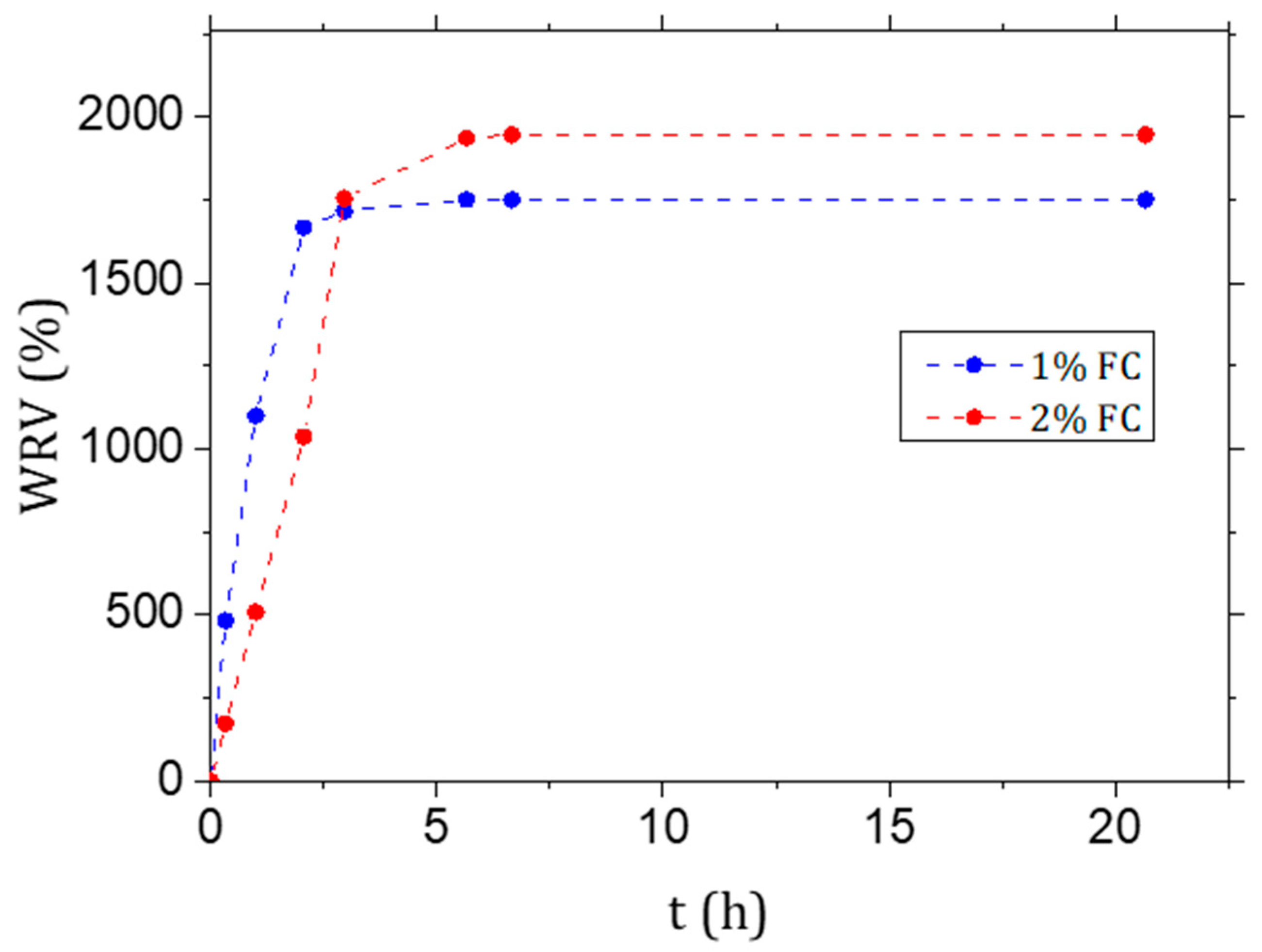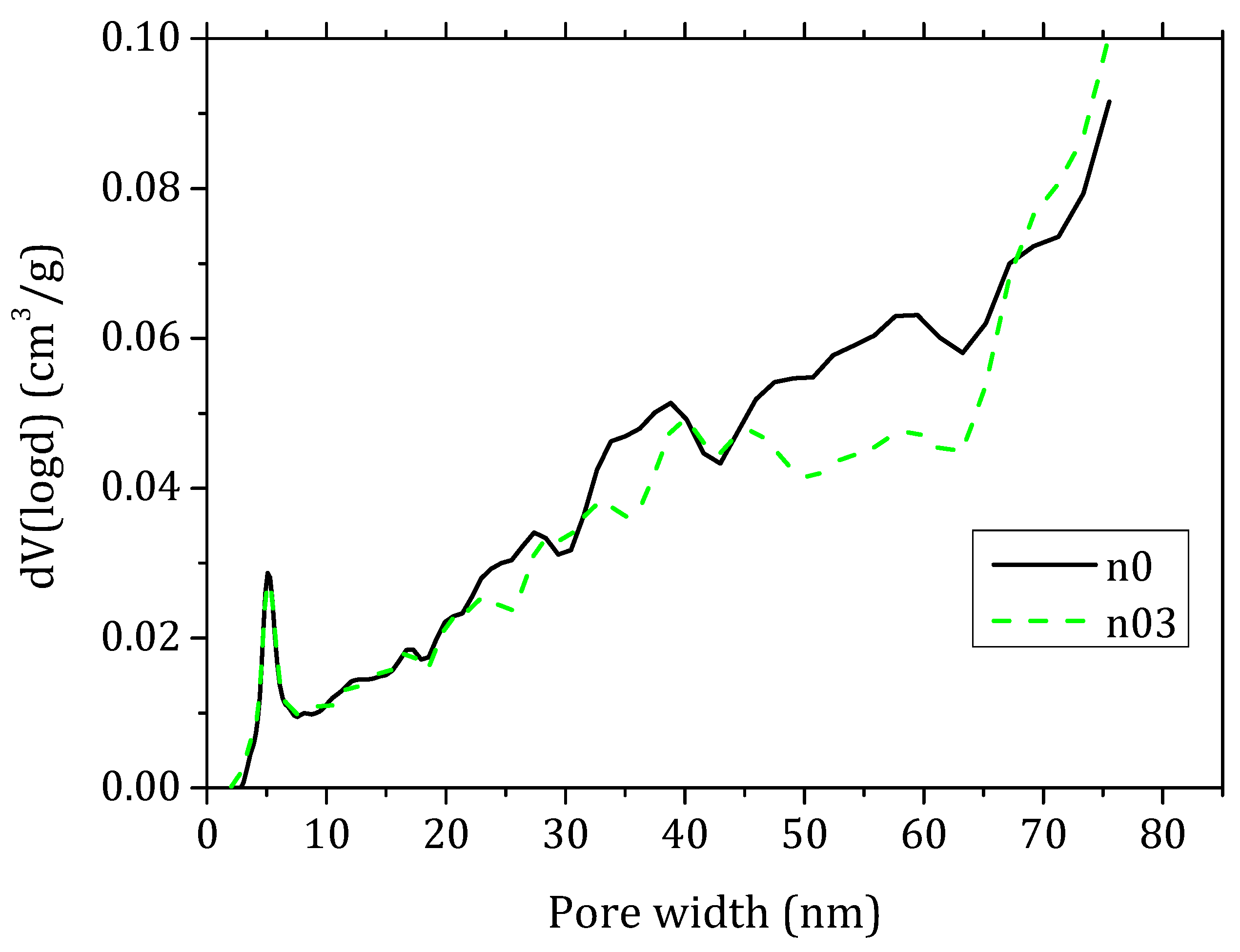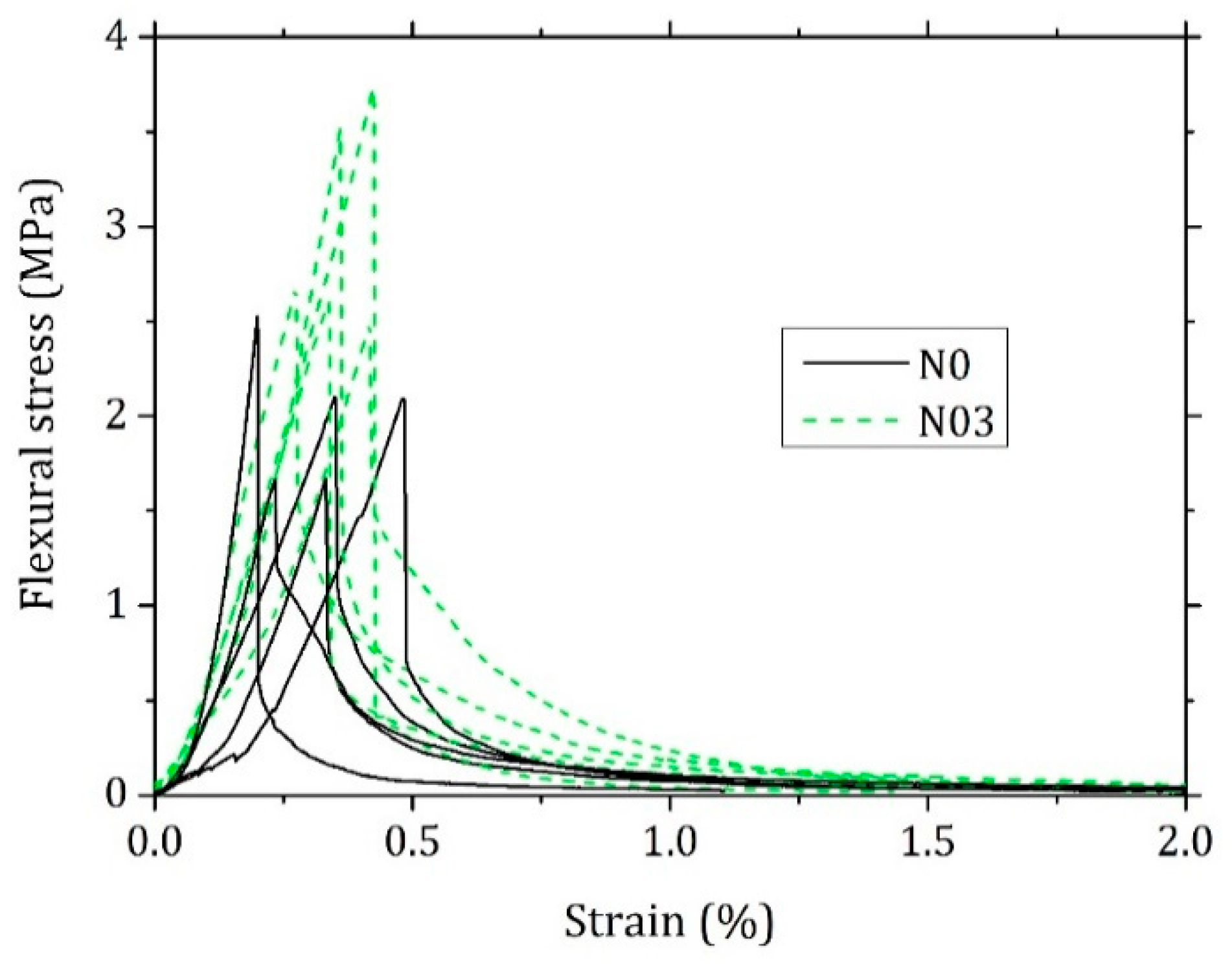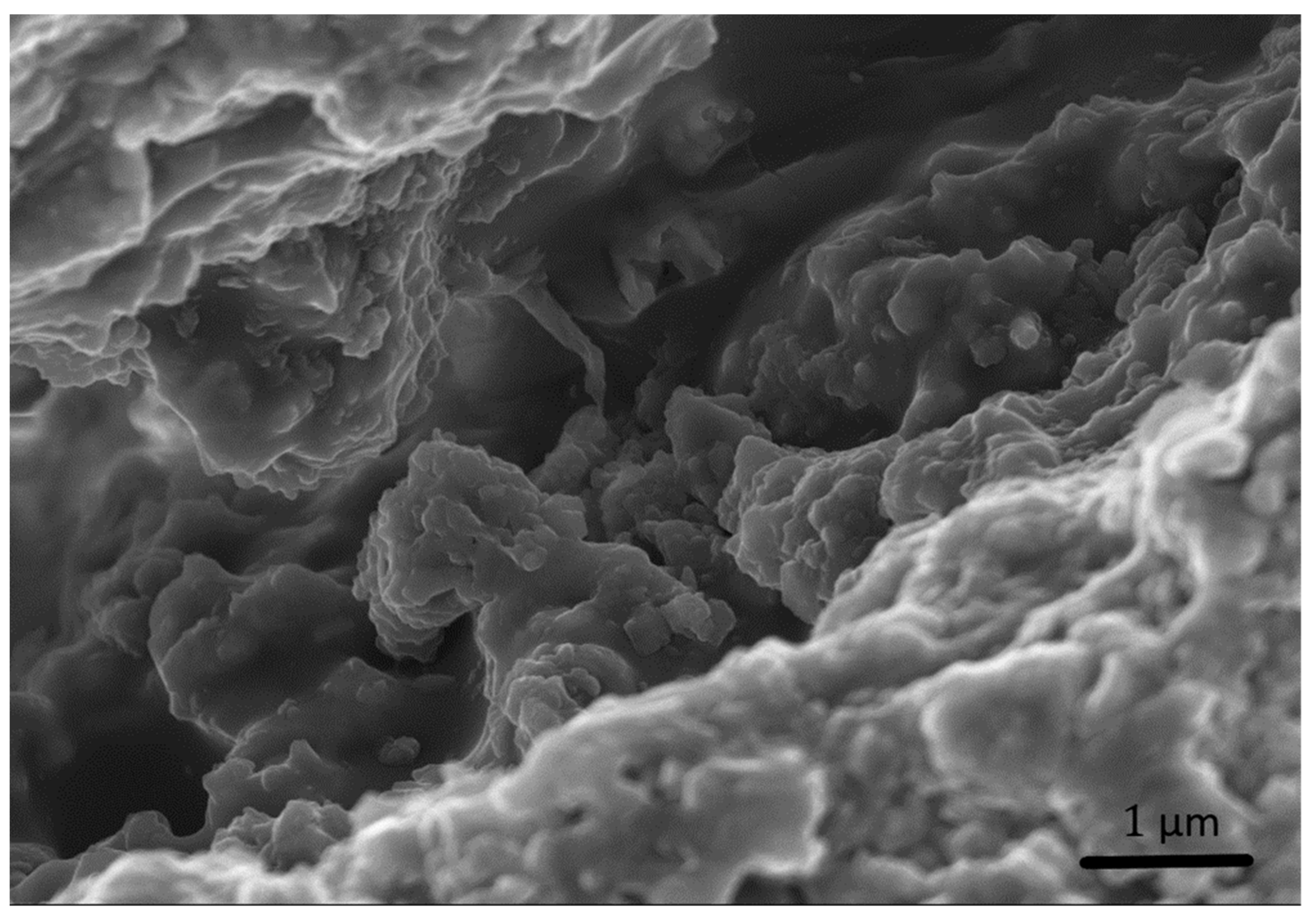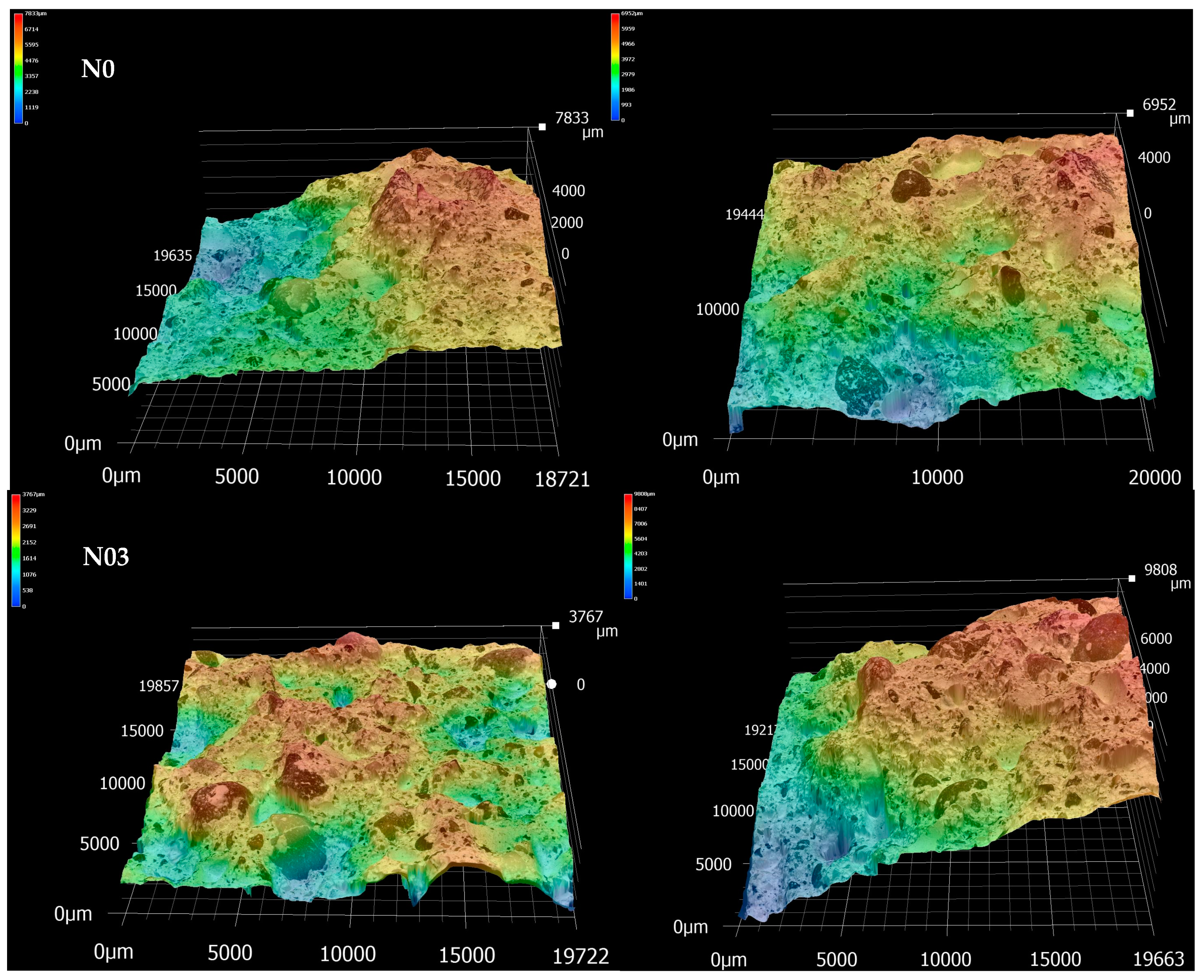Author Contributions
Conceptualization, C.D., W.R.C. and M.L.S.; methodology, C.D., W.R.C. and M.L.S.; investigation, C.D.; writing—original draft preparation, C.D.; review and editing, W.R.C.; supervision, W.R.C. and M.L.S. All authors have read and agreed to the published version of the manuscript.
Figure 1.
X-ray diffraction patterns on the raw materials: NHL5 (a) and quarry sand (b).
Figure 1.
X-ray diffraction patterns on the raw materials: NHL5 (a) and quarry sand (b).
Figure 2.
TGA/DTG of NHL5 produced by Otterbein, Germany.
Figure 2.
TGA/DTG of NHL5 produced by Otterbein, Germany.
Figure 3.
Image of a lime mortar representative slump obtained in agreement with EN 1015-3.
Figure 3.
Image of a lime mortar representative slump obtained in agreement with EN 1015-3.
Figure 4.
TGA/DTG plot of a lime paste and ranges of temperature related to the principal phenomena occurring in the sample (see text).
Figure 4.
TGA/DTG plot of a lime paste and ranges of temperature related to the principal phenomena occurring in the sample (see text).
Figure 5.
SEM images at different magnifications of a sample of new Celova produced by Weidmann, Switzerland with SE InLens (a) and normal SE (b) detector; bundles of cellulose fibres above 100 nm arise all over the sample.
Figure 5.
SEM images at different magnifications of a sample of new Celova produced by Weidmann, Switzerland with SE InLens (a) and normal SE (b) detector; bundles of cellulose fibres above 100 nm arise all over the sample.
Figure 6.
Water retention value (WRV%) of the fibrillated cellulose (FC) gel used to cast the samples diluted to 1% and 2% w/w.
Figure 6.
Water retention value (WRV%) of the fibrillated cellulose (FC) gel used to cast the samples diluted to 1% and 2% w/w.
Figure 7.
XRD pattern of the four pastes at 2 d (a) and after 28 d of curing (b).
Figure 7.
XRD pattern of the four pastes at 2 d (a) and after 28 d of curing (b).
Figure 8.
Pore size distribution calculated by DFT method from N2 adsorption–desorption isotherms for lime pastes with 0% FC (n0) and 0.3% fc (n03).
Figure 8.
Pore size distribution calculated by DFT method from N2 adsorption–desorption isotherms for lime pastes with 0% FC (n0) and 0.3% fc (n03).
Figure 9.
Isothermal calorimetry results for the four different mortar mixtures expressed in heat rate (mW) and heat (J) normalised to the mass of binder.
Figure 9.
Isothermal calorimetry results for the four different mortar mixtures expressed in heat rate (mW) and heat (J) normalised to the mass of binder.
Figure 10.
Flexural strength ffl (a) and compression strength fc (b) of samples with 0% (N0), 0.1% (N01), 0.2% (N02) and 0.3% FC (N03) at 28 d (red) and 45 d (blue).
Figure 10.
Flexural strength ffl (a) and compression strength fc (b) of samples with 0% (N0), 0.1% (N01), 0.2% (N02) and 0.3% FC (N03) at 28 d (red) and 45 d (blue).
Figure 11.
Flexural strength ffl (a) and compression strength fc (b) of samples with 0% FC (N0) and 0.3% FC (N03) at 28 d (red) and 45 d (blue).
Figure 11.
Flexural strength ffl (a) and compression strength fc (b) of samples with 0% FC (N0) and 0.3% FC (N03) at 28 d (red) and 45 d (blue).
Figure 12.
Representative flexural stress–strain curves from the three-point-bending test for samples with 0% (N0) and 0.3% (N03) FC.
Figure 12.
Representative flexural stress–strain curves from the three-point-bending test for samples with 0% (N0) and 0.3% (N03) FC.
Figure 13.
Linear fit of the experimental data from the three-point bending (a) and compression (b) tests analysed with Weibull statistics.
Figure 13.
Linear fit of the experimental data from the three-point bending (a) and compression (b) tests analysed with Weibull statistics.
Figure 14.
Embedded samples with 0% FC (a) and 0.3% FC (b) prior to the carbon coating observed with an optical microscope.
Figure 14.
Embedded samples with 0% FC (a) and 0.3% FC (b) prior to the carbon coating observed with an optical microscope.
Figure 15.
Backscattered electron (BSE) SEM images of mortars with 0% FC (a) and 0.3% FC (b).
Figure 15.
Backscattered electron (BSE) SEM images of mortars with 0% FC (a) and 0.3% FC (b).
Figure 16.
Secondary electron (SE) SEM image of a possible filament of cellulose detected in a crack and immersed in the forming gel.
Figure 16.
Secondary electron (SE) SEM image of a possible filament of cellulose detected in a crack and immersed in the forming gel.
Figure 17.
Representative 3D topographic images (20 mm × 20 mm ca) of the mortars fractured surfaces with 0% FC (N0) and 0.3% FC (N03).
Figure 17.
Representative 3D topographic images (20 mm × 20 mm ca) of the mortars fractured surfaces with 0% FC (N0) and 0.3% FC (N03).
Table 1.
Sample codes of the lime pastes prepared with a water to binder ratio of 0.81 and relative weight content of fibrillated cellulose (FC) per weight of binder.
Table 1.
Sample codes of the lime pastes prepared with a water to binder ratio of 0.81 and relative weight content of fibrillated cellulose (FC) per weight of binder.
| Mix | FC (%) |
|---|
| n0 | 0 |
| n01 | 0.1 |
| n02 | 0.2 |
| n03 | 0.3 |
Table 2.
Sample codes of the lime mortars prepared with w/b = 0.61 and relative fibrillated cellulose and superplasticiser (SP) dosage (w/w) per weight of binder.
Table 2.
Sample codes of the lime mortars prepared with w/b = 0.61 and relative fibrillated cellulose and superplasticiser (SP) dosage (w/w) per weight of binder.
| Mix | FC (%) | SP (%) |
|---|
| N0 | 0 | 0.8 |
| N01 | 0.1 | 1.0 |
| N02 | 0.2 | 1.1 |
| N03 | 0.3 | 1.2 |
Table 3.
Flexural strength (ffl) of samples with 0% FC (N0) and 0.3% FC (N03).
Table 3.
Flexural strength (ffl) of samples with 0% FC (N0) and 0.3% FC (N03).
| Mix | Day 28 | Day 45 |
|---|
| N0 | 1.7 ± 0.4 | 2.2 ± 0.3 |
| N03 | 2.5 ± 0.5 | 3.3 ± 0.3 |
Table 4.
Compression strength (fc) of samples with 0% FC (N0) and 0.3% FC (N03).
Table 4.
Compression strength (fc) of samples with 0% FC (N0) and 0.3% FC (N03).
| Mix | Day 28 | Day 45 |
|---|
| N0 | 4.1 ± 0.3 | 4.8 ± 0.3 |
| N03 | 5.8 ± 0.4 | 6.8 ± 0.5 |
Table 5.
Results of three-point bending test stress–strain curves: total area (A) of the stress (MPa)-strain (%) relation, area (Ab) after the break point (εb) and flexural modulus (E) of mortars with 0% FC (N0) and 0.3% FC (N03).
Table 5.
Results of three-point bending test stress–strain curves: total area (A) of the stress (MPa)-strain (%) relation, area (Ab) after the break point (εb) and flexural modulus (E) of mortars with 0% FC (N0) and 0.3% FC (N03).
| Mix | A (MPa%) | Ab (MPa%) | εb (%) | E (MPa) |
|---|
| N0 | 0.6 ± 0.1 | 0.22 ± 0.07 | 0.48 ± 0.04 | 641 ± 113 |
| N03 | 0.8 ± 0.1 | 0.31 ± 0.07 | 0.42 ± 0.04 | 986 ± 104 |
Table 6.
Average experimental strength values and parameters obtained after Weibull fitting.
Table 6.
Average experimental strength values and parameters obtained after Weibull fitting.
| Mix | ffl (MPa) | Flexural σ0 (MPa) | m | R2 |
|---|
| N0 | 2.2 | 2.3 | 4.1 | 0.93 |
| N03 | 3.3 | 3.6 | 7.0 | 0.94 |
| | fc (MPa) | Compressive σ0 (MPa) | m | R2 |
| N0 | 4.8 | 5.2 | 6.3 | 0.97 |
| N03 | 6.8 | 7.5 | 6.1 | 0.98 |
Table 7.
Average surface roughness values obtained from 3D scans of fractured surfaces after three-point-bending tests.
Table 7.
Average surface roughness values obtained from 3D scans of fractured surfaces after three-point-bending tests.
| Mix | Sa (µm) | Sz (µm) | Sq (µm) | Ssk (µm) | Sku (µm) |
|---|
| N0 | 1110 ± 322 | 6450 ± 1445 | 1341 ± 381 | 0.1 ± 0.2 | 2.4 ± 0.3 |
| N03 | 1157 ± 352 | 6472 ± 1219 | 1324 ± 405 | 0.1 ± 0.4 | 2.7 ± 0.5 |





